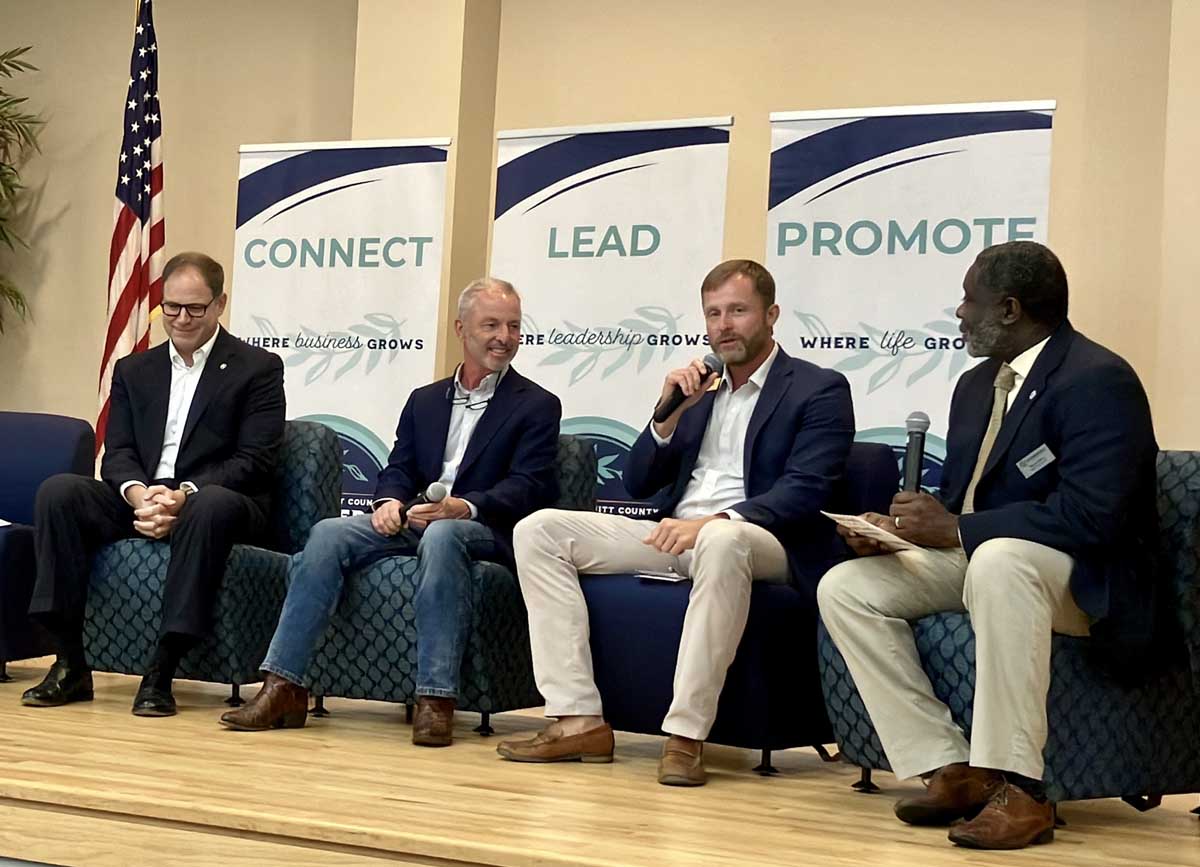South Health District accidentally discovers radon in office building
Published 8:00 am Wednesday, November 20, 2019
VALDOSTA – Health department officials said this week trace amounts of radon were detected at the South Health District district offices on Savannah Avenue.
The Lowndes County Board of Health met for its final meeting of 2019. During discussion, officials spoke about radon levels at the department’s district office.
Trending
Radon is radioactive gas that is a breakdown product of uranium, a naturally occurring element in the environment, said Derek Cooper, radon educator at the University of Georgia Radon Education Program.
It was accidentally discovered when the health department hosted a class, and something odd happened.
“A radiation testing class actually found it,” said Dwain Butler, district program manager/deputy health director. “All of their meters registered radiation readings.”
Initially thought to be a glitch, health officials soon learned the measurements were legitimate after further testings were done throughout the building. Officials discovered the radon was emanating from concrete in the walls.
Dr. William R. Grow, district health director, and Butler said multiple experts have informed them the levels are merely trace amounts and not harmful.
They viewed the whole situation as a funny incident.
Trending
“The guy from Atlanta brought down Geiger counters and all 15 of them went off,” Grow said, laughing.
Regardless, the health department is taking safety precautions and took samples from 30 employees working in the district office to ensure the radiation is minimal.
The department hired Elite Radon, a radon testing company in Atlanta, to come down and test for radiation levels. The results had yet to be determined Wednesday.
Georgia has a significant amount of uranium, and radon, in granite, but granite is only prevalent in the northern half of the state.
Although there is less granite in South Georgia, rocks that are crushed up into concrete can still release radon, Cooper said.
“The concrete is emitting low levels of radon consistently,” Cooper said.
The radioactive gas is widespread and part of anyone’s daily life.
“Even if you were to take a radon measurement outside in the air, you would find some radon,” Cooper said. “Radon is everywhere.”
“It becomes dangerous when it comes indoors,” Cooper said.
The Environmental Protection Agency considers radon levels safe if they are less than 4 picoCuries per liter.
Cooper and his program, however, have a separate standard.
“We don’t consider there to be any safe level of radon because no matter what level it is at, it is delivering a certain amount of radiation dose to your lungs when you’re breathing it,” Cooper said.
The radon was not found at the public facility on South Patterson Street that houses the health department, DFCS and children services.
Additionally, board members said they have already accounted for the suggested 6% budget cut by the governor by not hiring some open positions and delegating those duties among current employees, Grow said. The 6% cut equates to more than $120,000 in funding.
This story has been edited to more accurately reflect the location of the facility where the radon was detected.





